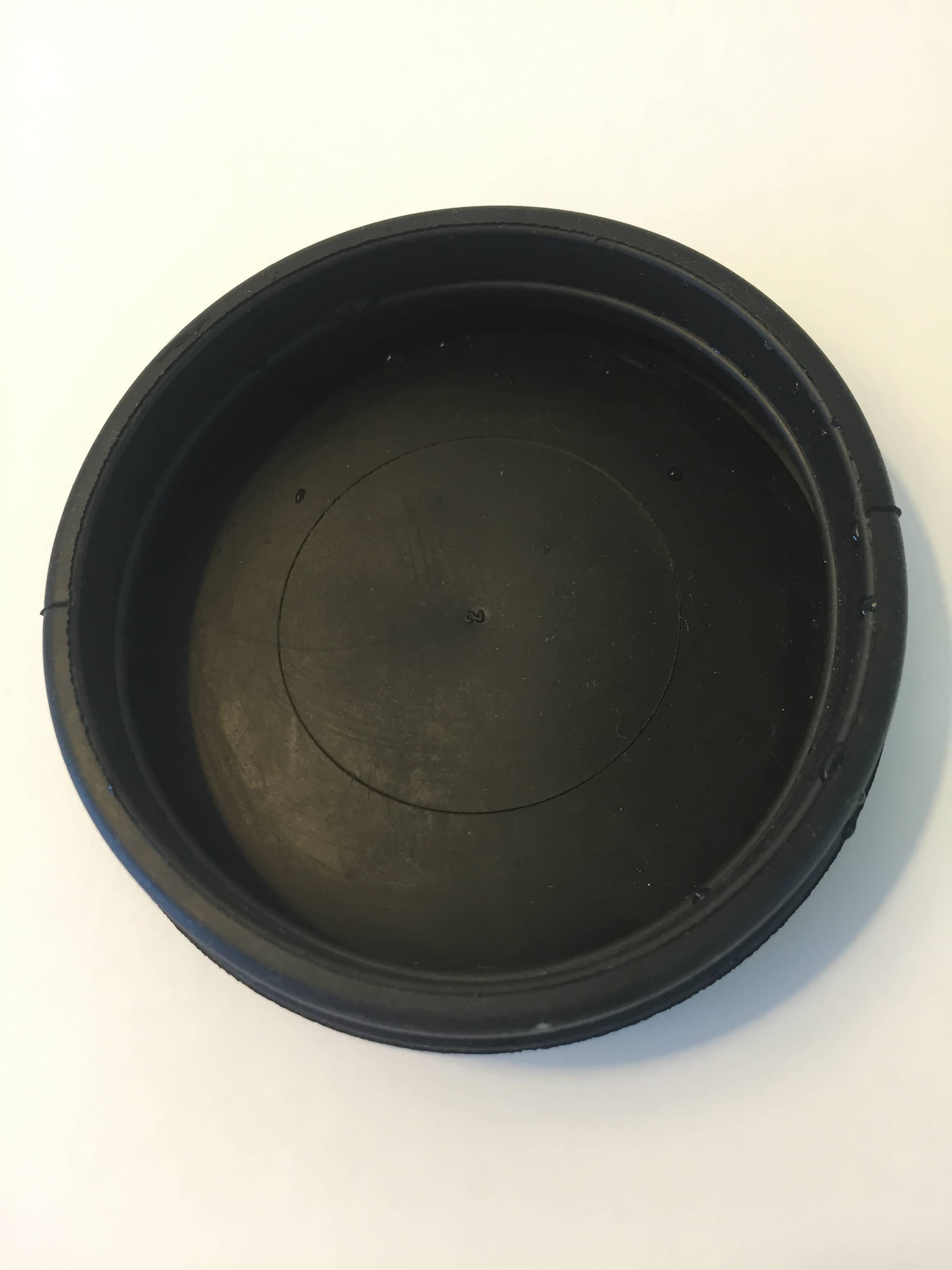
The latter includes desmosomes, hemidesmosomes and adherens junctions. The major types of cell junctions in vertebrates include gap junctions, tight junctions, and anchoring junctions. Cell junctions (Figure 3) consist of regions with protein complexes that mediate contact or adhesion with neighbouring cells or with the extracellular matrix ( Garcia MA et al. These include lipid rafts, caveolae, protrusions and cell junctions. While the plasma membrane is behaving like a two-dimensional fluid, in which the lipids and proteins are not in fixed positions, it is still organized in different microdomains and specialized regions ( Krapf D. At physiological temperatures, the cell membrane is fluid and flexible, while at cooler temperatures, it becomes gel-like. The composition of the plasma membrane is dynamic and adapts to changes in the environment as well as to the cell cycle. They can be divided into integral membrane proteins that cross the complete bilayer, peripheral membrane proteins that are anchored into one leaflet of the lipid bilayer, and surface proteins that bind to the polar heads of phospholipids or other membrane proteins. The second major component of the plasma membrane is proteins. While cholesterol is usually almost as abundant as phospholipids, glycolipids only constitute about 2% of the lipids of the plasma membrane and are found only in the outer leaflet. In addition to phospholipids, the plasma membrane of animal cells contains two other major lipid classes glycolipids and cholesterol.

The inner and outer leaflet of the bilayer is held together by non-covalent interactions between the hydrophobic tails, which point towards each other and away from the hydrophilic faces of the membrane. Phospholipids, which are composed of a hydrophilic phosphate group and two hydrophobic fatty-acid chains, make up the fundamental structural element in the plasma membrane ( Jacobson K et al. The plasma membrane is composed of a lipid bilayer, in which lipids constitute half and proteins the other half of the total mass in most human cell types. EZR plays a key role in cell surface structure adhesion, migration and organization (detected in A-431 cells). CTNNB1 plays a key role in regulation of transcription in response to the Wnt signalling pathway, but also in the formation of adherens junctions as a subunit of the cadherin complex (detected in A-431 cells). EGFR is a transmembrane glycoprotein that binds to Epidermal Growth Factor (detected in A-431 cells). Examples of proteins localized to the plasma membrane. About 80% of the plasma membrane proteins localize to other cellular compartments in addition to the plasma membrane, with co-localization between the plasma membrane and actin filaments or the cytosol being overrepresented.įigure 1. The enriched GO terms for molcular functions are related to these processes, revolving around channel and transporter activity, and binding to proteins associated with the plasma membrane. A Gene Ontology (GO)-based functional enrichment analysis of the plasma membrane proteome shows enrichment of terms for biological processes related to structural organization of the cell, cell signalling and cellular response to extracellular stimuli, transport across the plasma membrane, and cell adhesion. In the Subcellular Section, 2202 genes (11% of all protein-coding human genes) have been shown to encode proteins that localize to the plasma membrane (Figure 2). Example images of proteins localized to the plasma membrane can be seen in Figure 1. The plasma membrane is a thin semi-permeable membrane consisting of a lipid bilayer and associated proteins, each constituting about 50% of the total mass of the cell membrane.

The plasma membrane, also known as the cell membrane or cytoplasmic membrane, is the barrier that encloses the cell and protects the intracellular components from the surroundings.


 0 kommentar(er)
0 kommentar(er)
